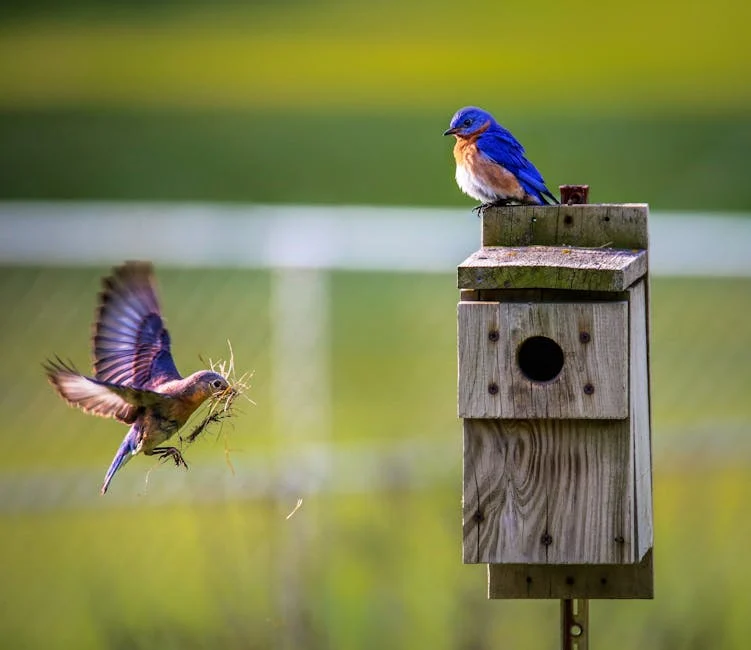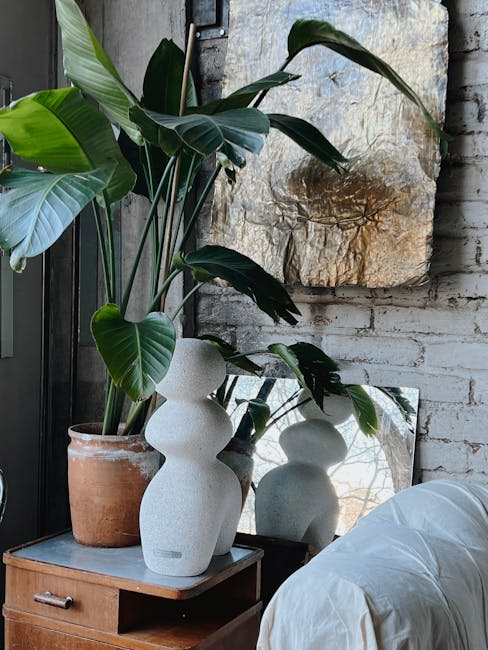Build a Birdhouse That Actually Attracts Birds
Introduction
Building a birdhouse is a rewarding project that can bring nature right to your backyard. But simply nailing some wood together isn’t enough. To truly attract feathered friends, you need to consider their needs and preferences. This guide will walk you through the essential elements of constructing a birdhouse that birds will actually want to call home.
Key Considerations for a Bird-Friendly Birdhouse
Choosing the Right Materials
The material you use significantly impacts the durability and attractiveness of your birdhouse. Here’s what to consider:
- Wood: Untreated cedar, redwood, or pine are excellent choices. They are naturally weather-resistant and safe for birds. Avoid pressure-treated wood, as it contains chemicals that can be harmful.
- Thickness: Use wood that is at least ¾ inch thick for better insulation and stability.
- Avoid: Plastic and metal can overheat in the summer, making them unsuitable nesting materials.
Sizing Matters: Entrance Hole and Interior Space
The size of the entrance hole is crucial. Too large, and predators can gain access; too small, and the desired species won’t be able to enter. The interior space needs to be adequately sized for nesting comfort.
- Species-Specific Sizes: Research the ideal entrance hole and floor dimensions for the birds you want to attract. For example:
- Wrens: 1 1/8 inch entrance hole, 4×4 inch floor
- Bluebirds: 1 ½ inch entrance hole, 5×5 inch floor
- Chickadees: 1 1/8 inch entrance hole, 4×4 inch floor
- Depth: The depth from the entrance hole to the floor should be sufficient to protect the nest from predators. A depth of 6-8 inches is generally a good starting point.
Essential Design Features for Bird Safety and Comfort
Certain design elements are critical for a safe and comfortable birdhouse.
- Ventilation: Drill small ventilation holes near the top of the sides to prevent overheating.
- Drainage: Drill drainage holes in the floor to allow rainwater to escape.
- Rough Interior: Birds need a way to climb out of the nest. Roughen the interior walls below the entrance hole with grooves or saw cuts. Alternatively, attach a small piece of screen or rope.
- No Perches: Avoid adding a perch beneath the entrance hole. Perches only benefit predators.
- Easy Cleaning: Incorporate a hinged side or bottom panel that can be opened for annual cleaning. This is essential for removing old nests and parasites.
Placement and Mounting: Location, Location, Location!
Where you place your birdhouse significantly affects its occupancy rate.
- Height: Different species prefer different heights. Generally, 5-10 feet above the ground is a good starting point.
- Orientation: Face the entrance hole away from prevailing winds and direct sunlight to protect the nestlings from the elements. An east or southeast-facing orientation is often ideal.
- Predator Protection: Mount the birdhouse on a pole with a baffle to prevent predators like squirrels and snakes from reaching the nest.
- Proximity to Food and Water: Locate the birdhouse near natural food sources like trees and shrubs that produce berries or insects. A source of fresh water, such as a birdbath, will also attract birds.
Maintaining Your Birdhouse
Regular maintenance ensures your birdhouse remains a safe and attractive home for birds.
- Annual Cleaning: Clean out the birdhouse each year after the nesting season (usually in late summer or early fall). Remove all old nesting material and debris.
- Repair and Maintenance: Inspect the birdhouse for damage and make any necessary repairs. Ensure the structure is still sturdy and weather-resistant.
- Monitor for Pests: Check for signs of pests, such as mites or ants, and take appropriate measures to control them.
Conclusion
Building a birdhouse that attracts birds requires more than just basic construction skills. By understanding the needs and preferences of your local bird species and incorporating the design features outlined in this guide, you can create a welcoming habitat that will bring the joy of birdwatching right to your doorstep. Happy building!














Post Comment